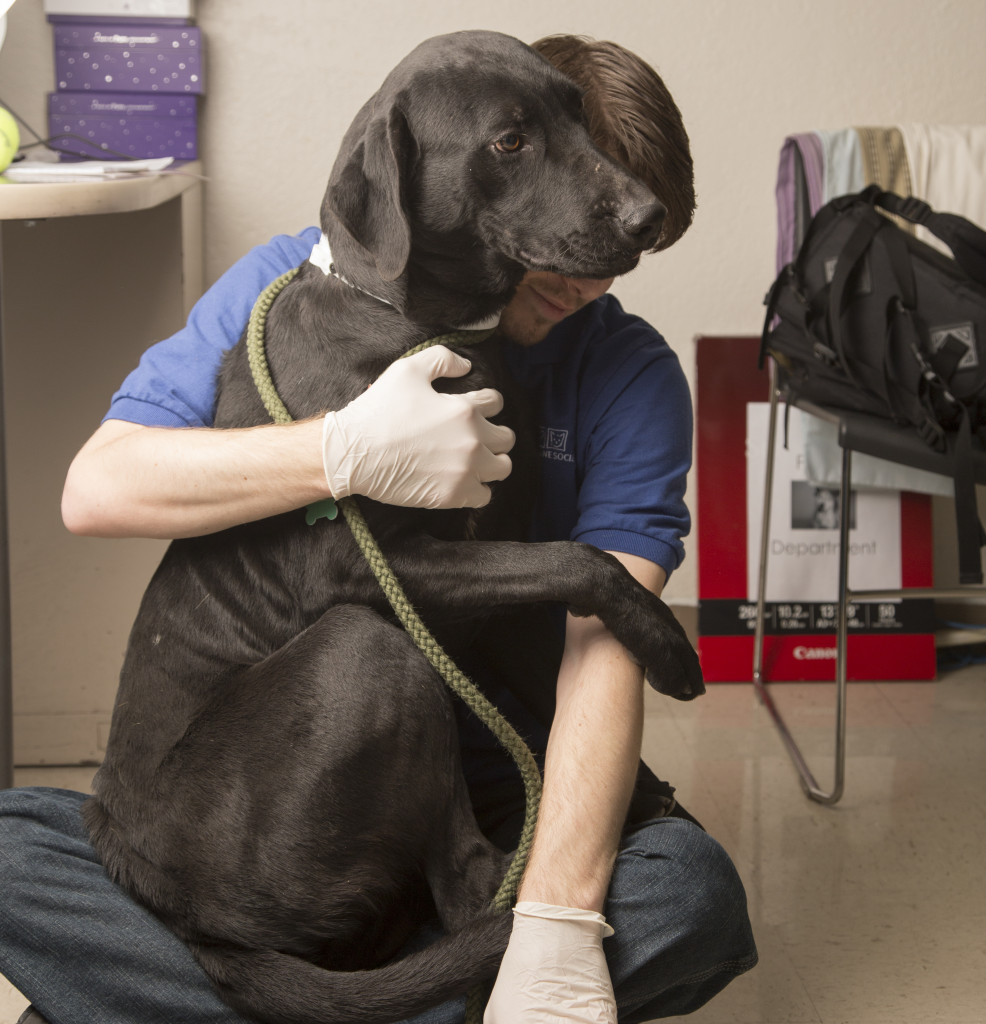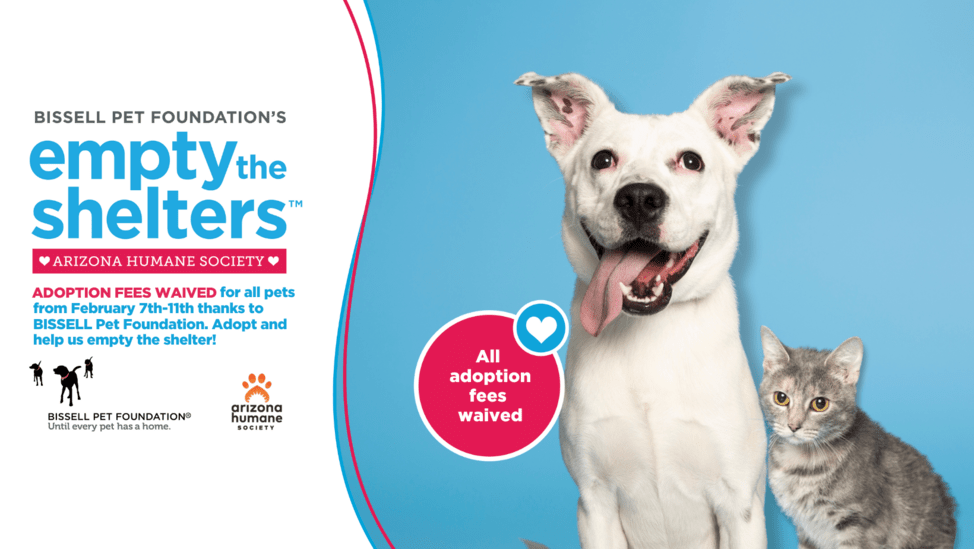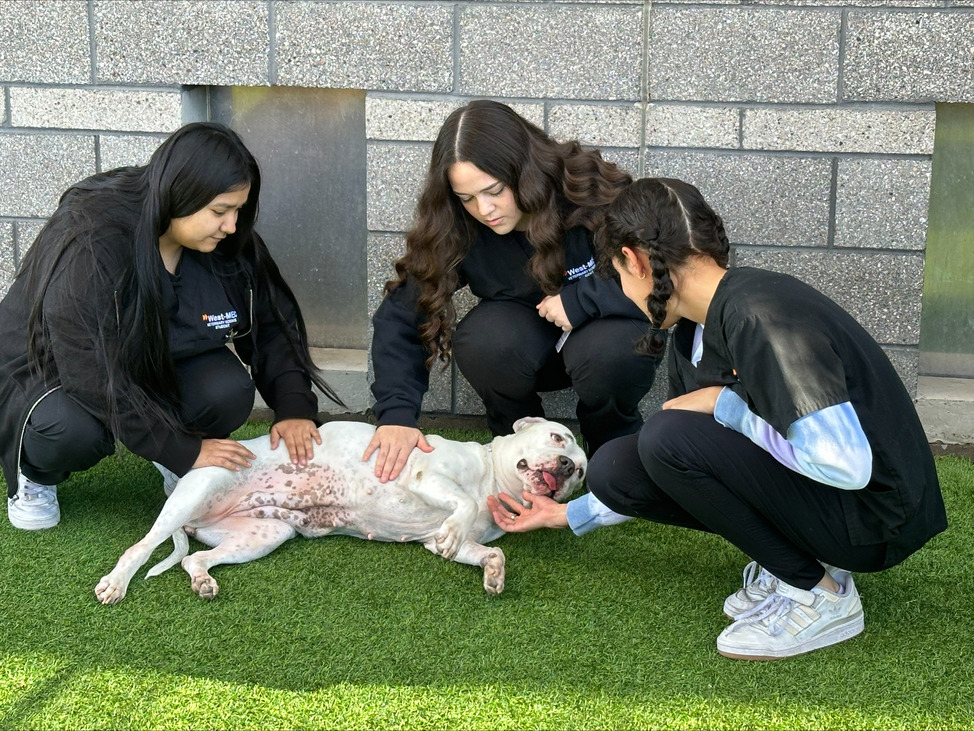 Back to News
Back to News
Behavior Tips: Fear of Loud Noises
Fear isn’t an uncommon issue for our four-legged friends. For some of our canine friends, a thunderstorm, fireworks or other loud noises can be highly traumatic events.
What You Can Do To Help Your Pet:
Create a Safe Space: Let your dog choose a preferred area to go. Many dogs will try to find somewhere to hide on their own like under the bed, in the closet or even a bathtub. Perhaps make the area more comfortable for them by adding a blanket or turn on relaxing music to drown out noise. They should be able to come and go from this place freely.
Distract Your Dog: Try engaging your dog in an activity they enjoy. Kongs or food puzzles are great interactive toys to keep your dog’s mind off of the noises and onto something mentally stimulating. It is important to start these games at the first sign of loud noises. You can also practice obedience or tricks.

How to constructively modify fearful behavior:
Counterconditioning and desensitization are techniques that can be used together to reduce fearful behavior in your dogs at home. You can record your own sounds or find a video of those sounds. Start with a relaxed dog; these should not be used while the storm or fireworks are currently happening.
- Play recorded sounds at very low volume; to start, volume should be barely audible.
- While the sound is playing, give your dog small treats, hand feed his meal or play with a toy he likes.
- Slowly start increasing the volume throughout your sessions. If your dog starts to react fearfully to the sound, go back to the previous level until he does not react anymore.
- These exercises are most effective when done in short sessions, five-15 minutes depending on what your dog can handle.
What Not To Do When Your Dog Is Scared:
- Do not put your dog in a crate unless they choose to go in themselves. He may start to associate his crate with those events or may injure himself trying to escape.
- Do not punish your dog for being afraid, this would only make them more fearful.
- Try not to be fearful yourself; this can also make your dog more fearful. Make yourself confident and relaxed when with your dog.
- Do not try to force your dog to experience or be close to sounds that frighten them.
If you have tried many of these items and have not had any success then it may be time to consult a canine behaviorist. For more information, email us at dogtraining@azhumane.org.


 Arizona Humane Society's Rob & Melani Walton Papago Park Campus Now Open
Arizona Humane Society's Rob & Melani Walton Papago Park Campus Now Open
 3 Million Missed Spay/Neuter Surgeries During Pandemic Still Impacting Animal Welfare Organizations
3 Million Missed Spay/Neuter Surgeries During Pandemic Still Impacting Animal Welfare Organizations
 Arizona Humane Society Partners with Senator T.J. Shope to Introduce Animal Cruelty Bill
Arizona Humane Society Partners with Senator T.J. Shope to Introduce Animal Cruelty Bill
 Arizona Humane Society Expands Partnership with West-MEC to Address Overcapacity Challenges
Arizona Humane Society Expands Partnership with West-MEC to Address Overcapacity Challenges